In the early 1900s, St. George served as the bustling civic and transportation heart of Staten Island. Its waterfront was the island’s primary gateway to Manhattan and the rest of New York City, a role solidified by the city’s consolidation in 1898.
The most critical point in St. George was the ferry terminal. The original Victorian-era terminal, a grand structure of wood, met a dramatic end. It was completely destroyed by a fire in 1901. Following this event, construction began on a new, more modern terminal. In 1905, the city opened the Municipal Ferry service, operating new steel ferryboats that carried thousands of passengers daily between St. George and Whitehall Street in Manhattan. These large vessels, with their tall black smokestacks, became an iconic sight in the harbor.
Dominating the hillside overlooking the terminal was the newly constructed Staten Island Borough Hall. Completed in 1906, the large brick and limestone building, designed in the French Renaissance style, stood as a symbol of St. George’s administrative importance. Its clock tower became a landmark for residents and for the passengers arriving on the ferry.
Read more
The streets of St. George radiated out from the waterfront. Electric trolley cars were the main form of local transportation. These vehicles rumbled along tracks laid into the cobblestone and paved streets, connecting St. George to residential neighborhoods and other towns across the island. Their overhead electric wires created a web above the busy roads.
The architecture of the neighborhood was a mix of the old and the new. Grand Victorian homes, with their ornate woodwork, wide porches, and multi-gabled roofs, stood on the hillsides, offering views of the harbor. These houses were remnants of St. George’s 19th-century development as a fashionable suburb. Alongside them, new brick apartment buildings and commercial blocks were being constructed to accommodate the area’s growing population.
Daily life moved to the rhythm of the ferry schedule. The streets were filled with commuters walking to and from the terminal. Local businesses, including hotels, restaurants, and saloons, catered to the constant flow of travelers and government workers. The area around the terminal and Borough Hall was a hub of activity, with horse-drawn wagons, early automobiles, and pedestrians sharing the active streetscape.


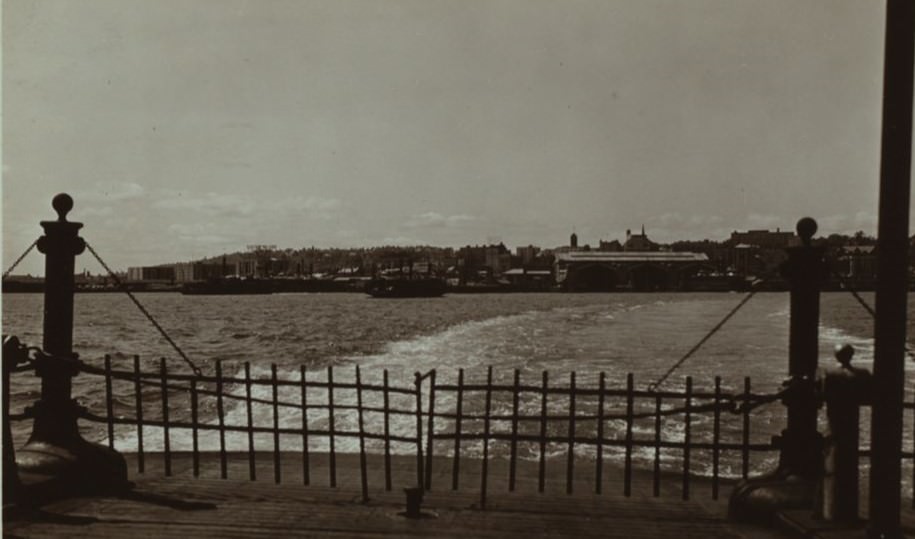
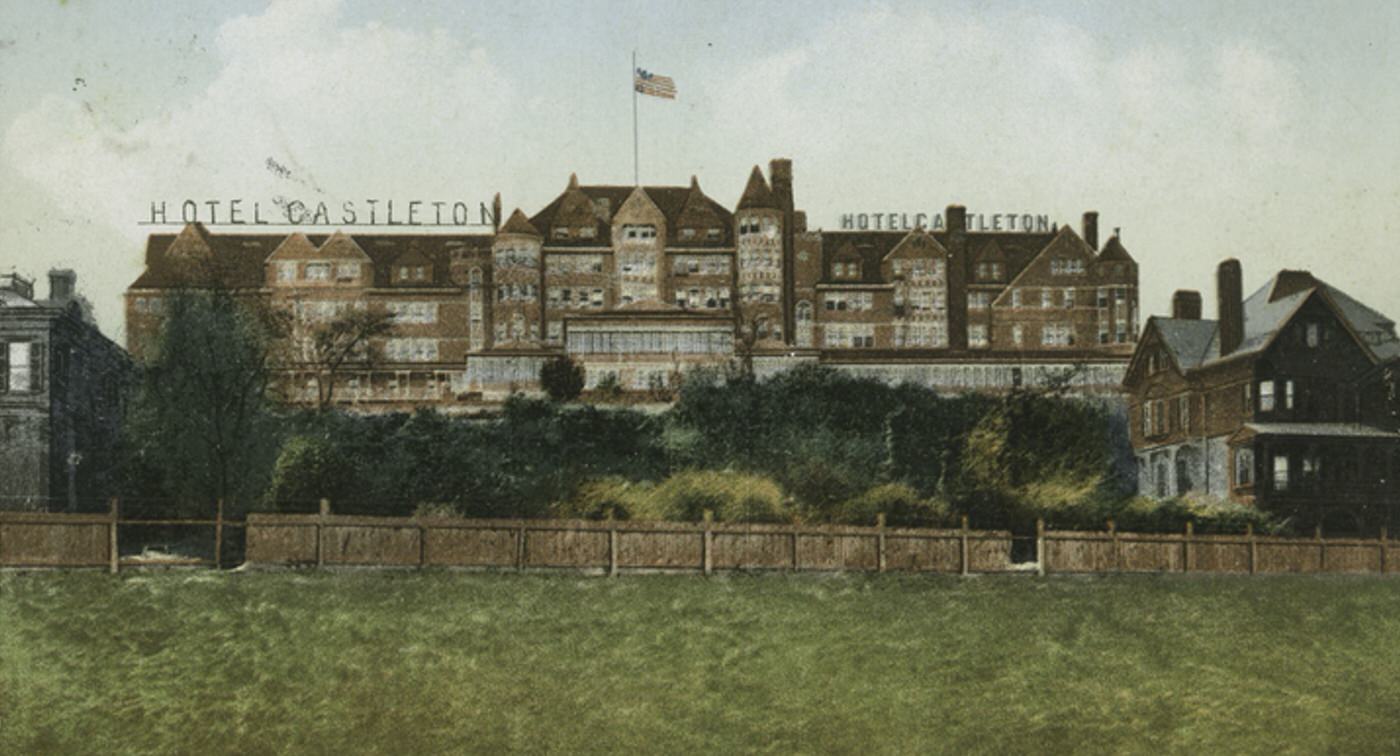
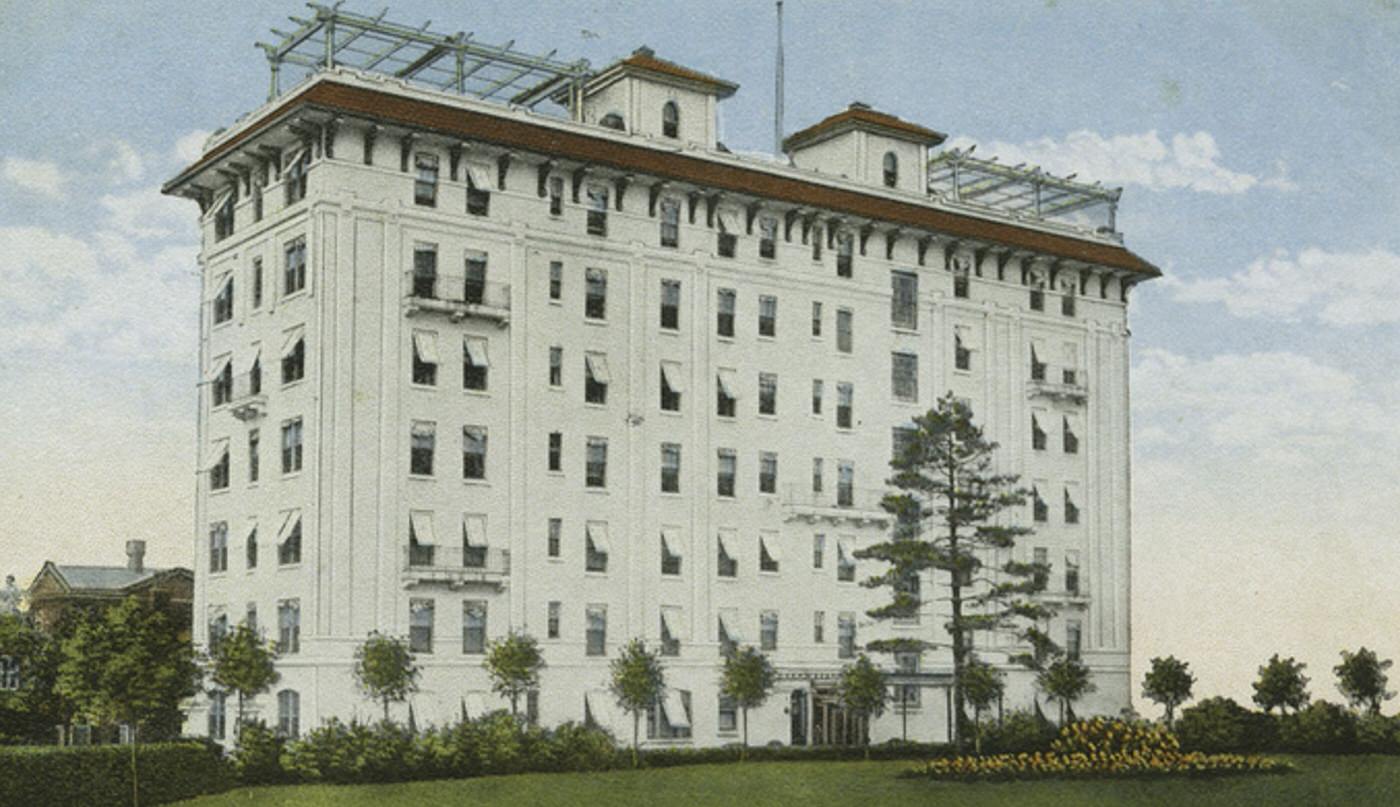
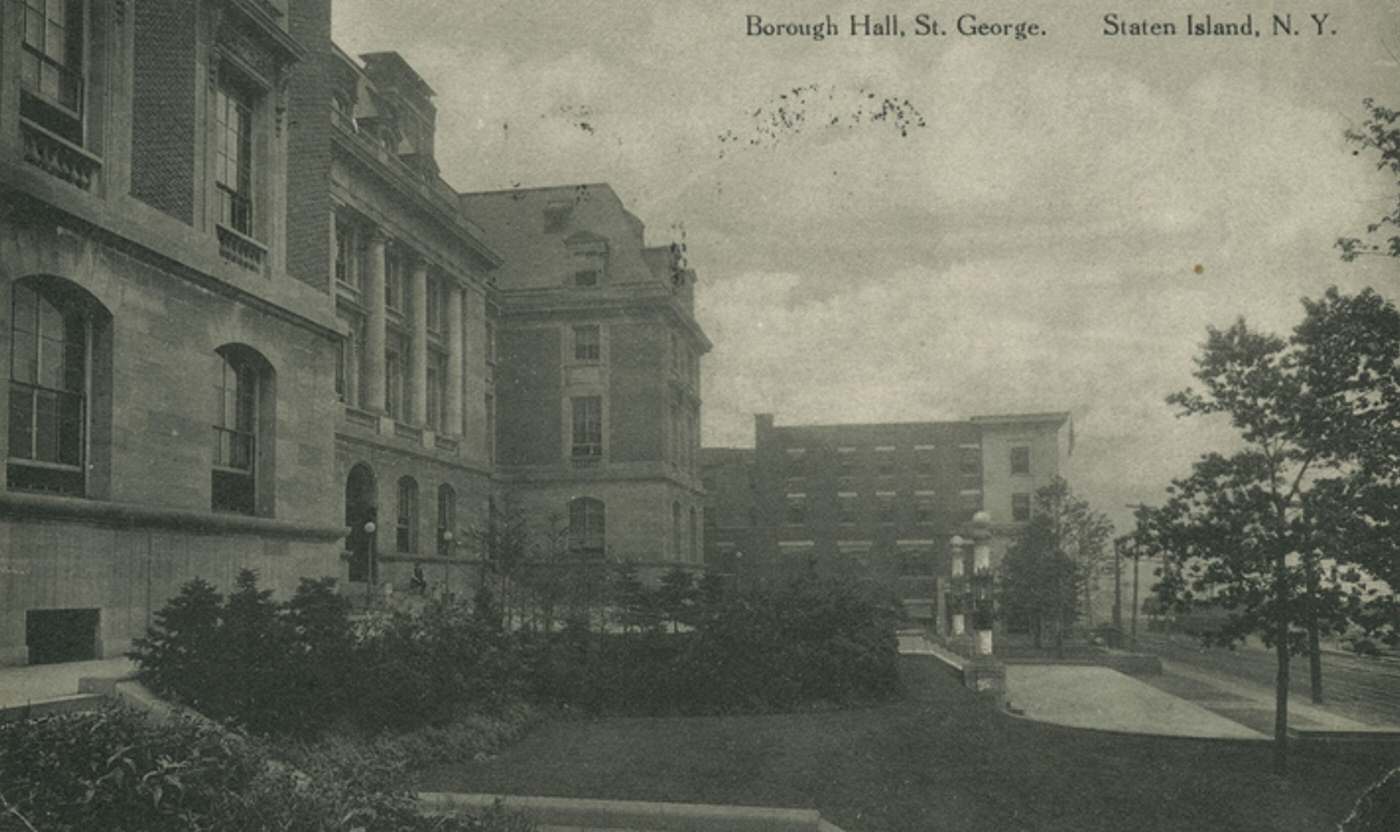
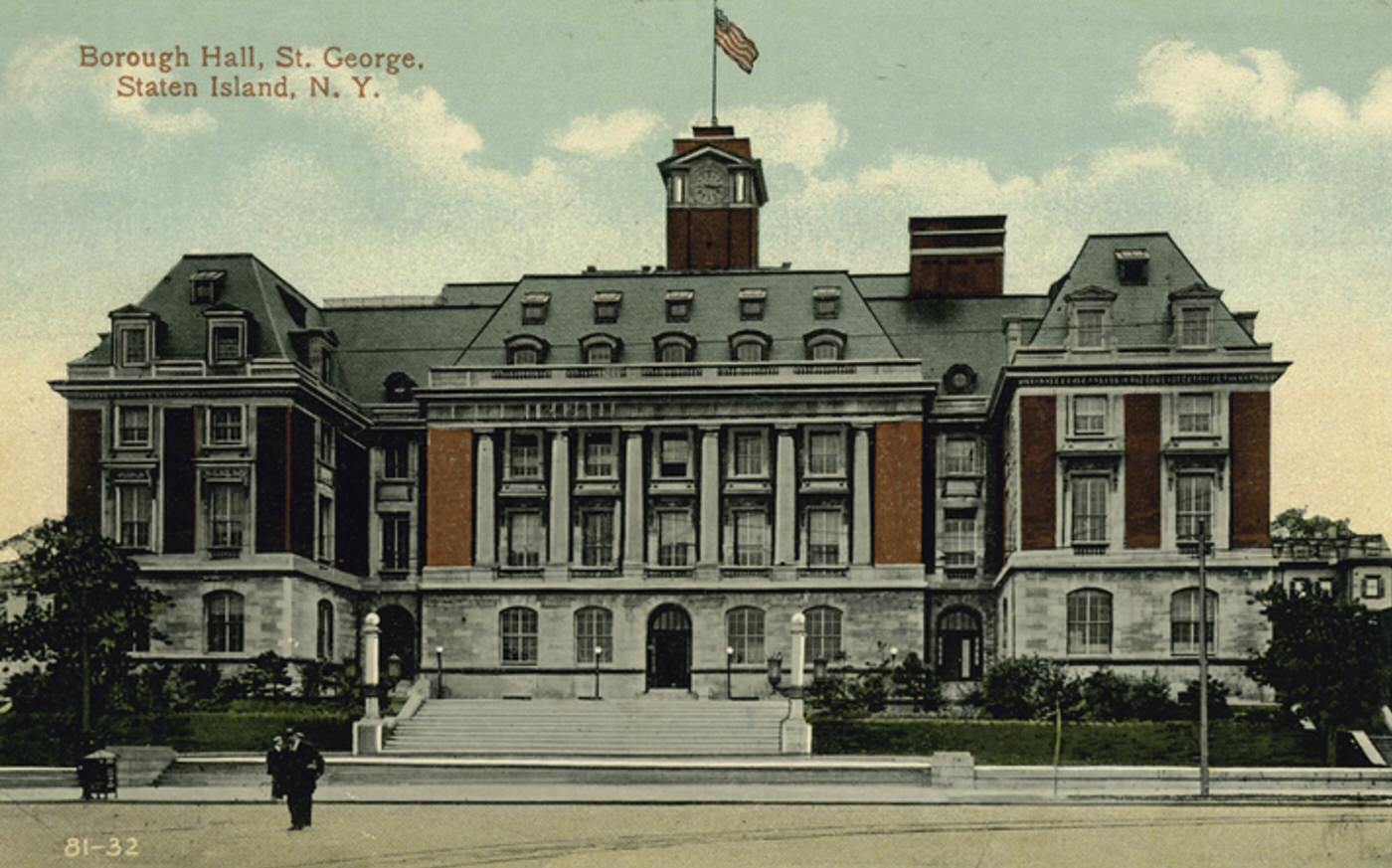
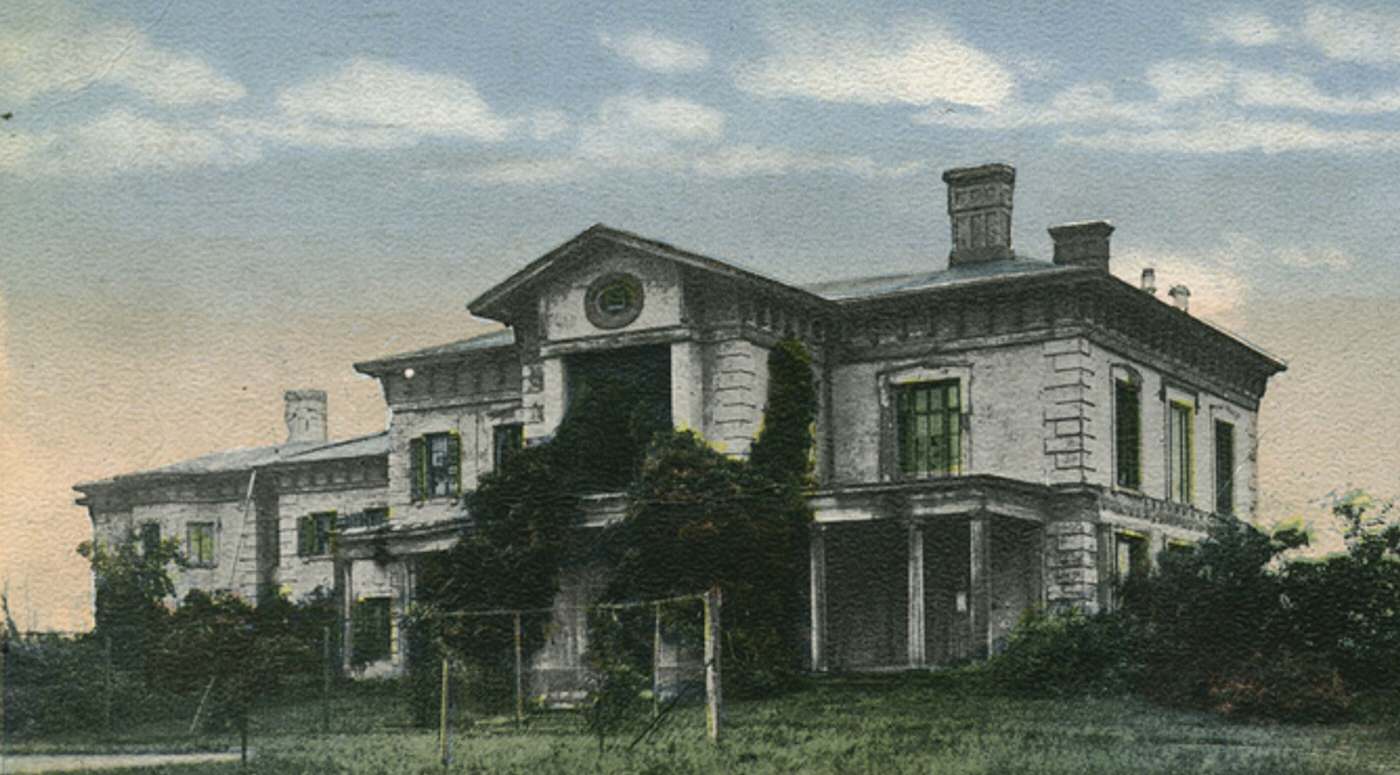
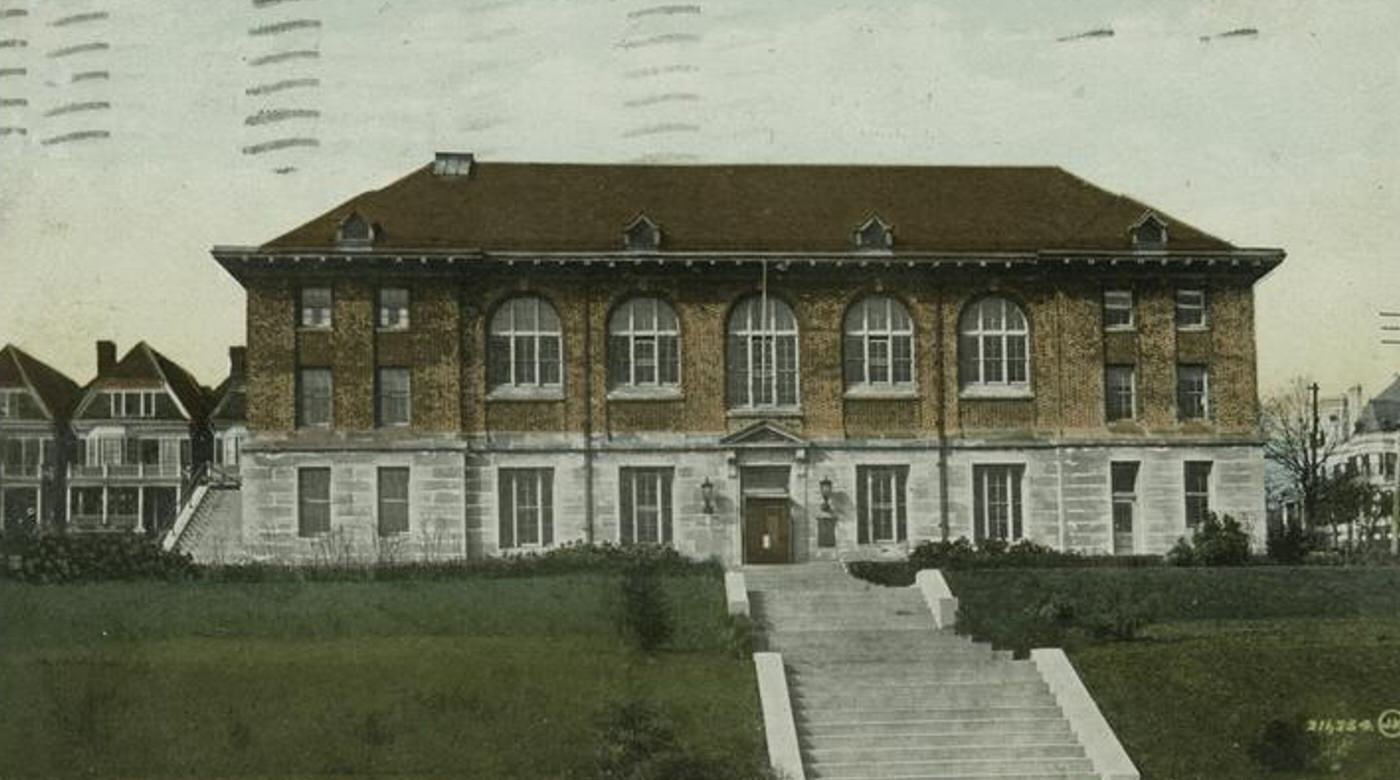
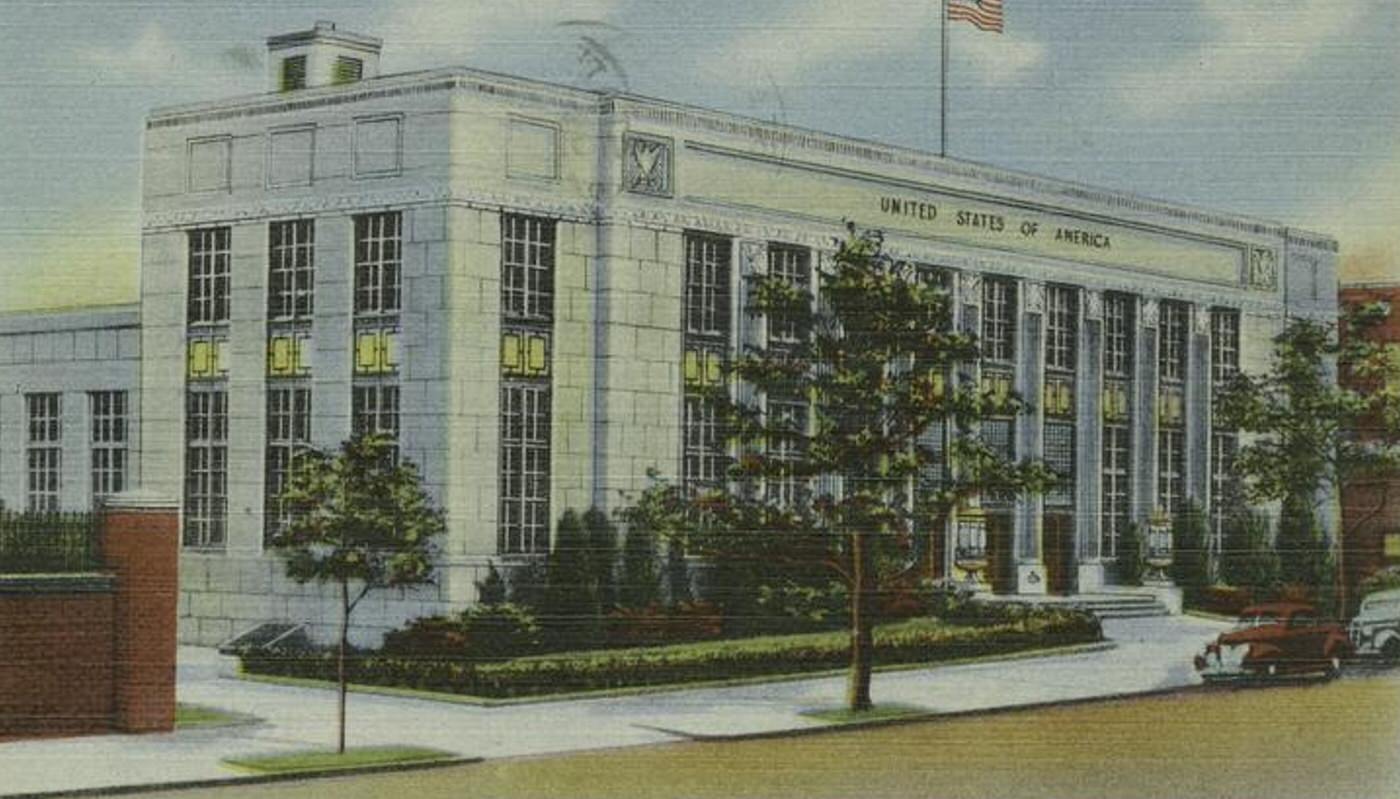
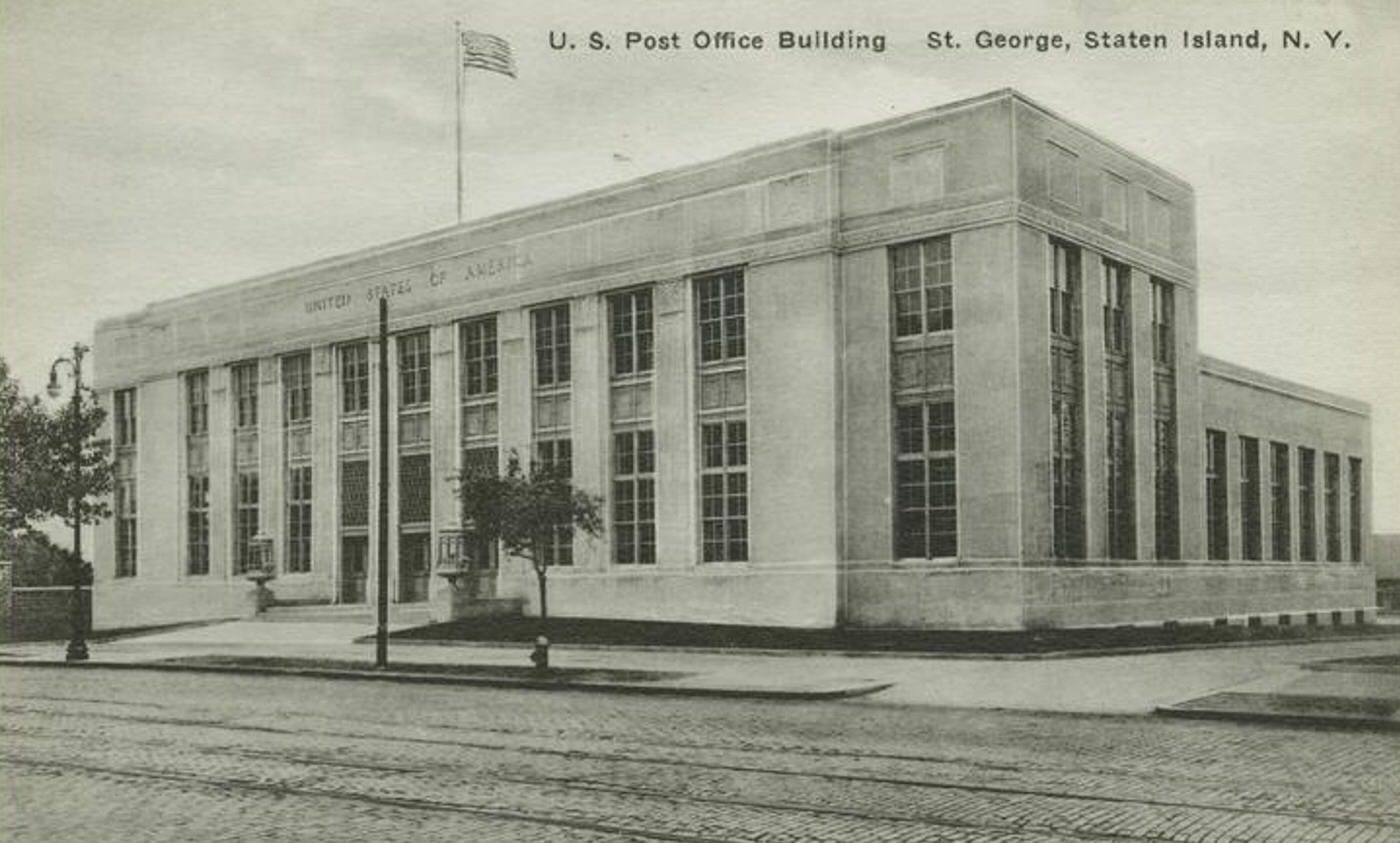
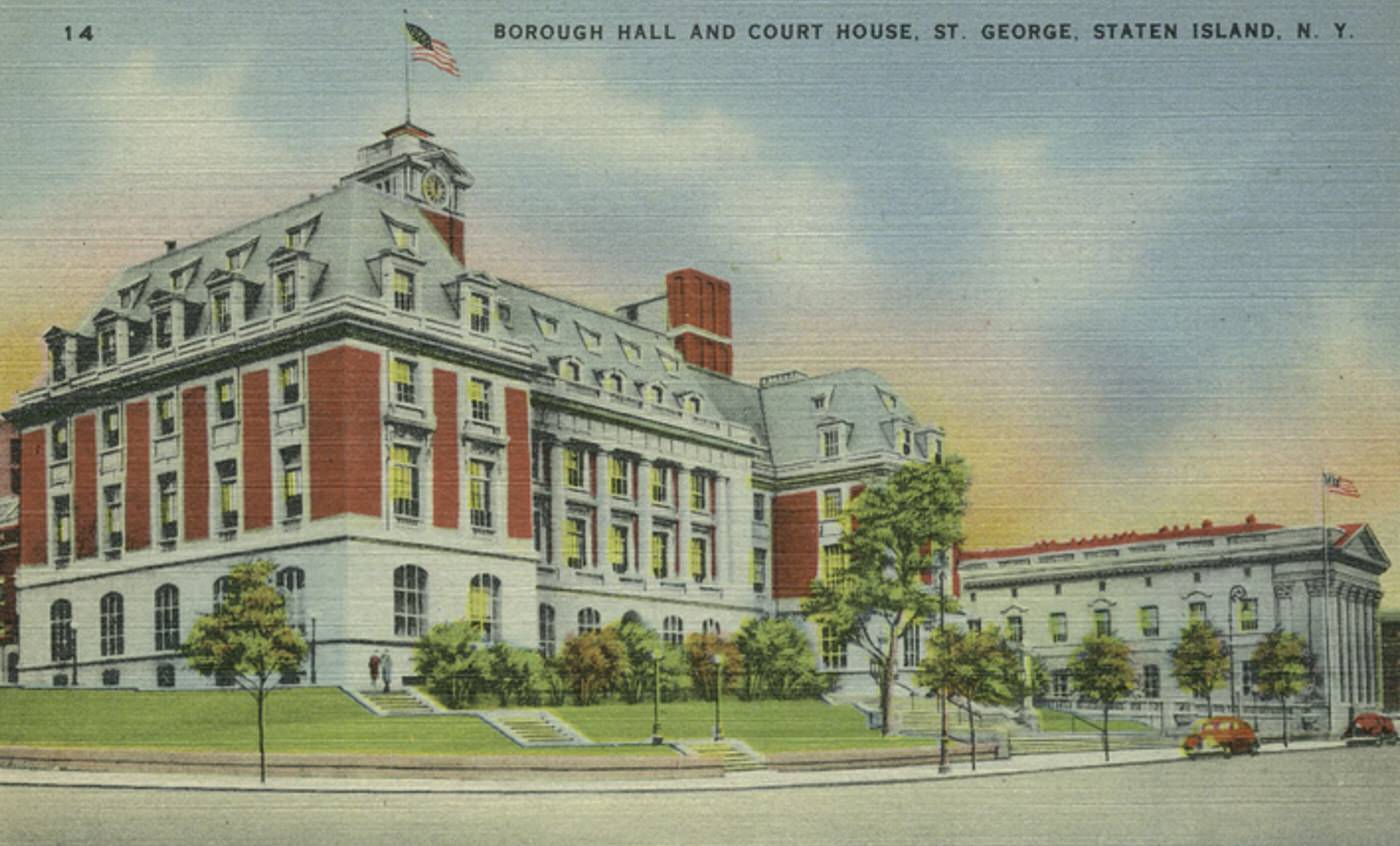
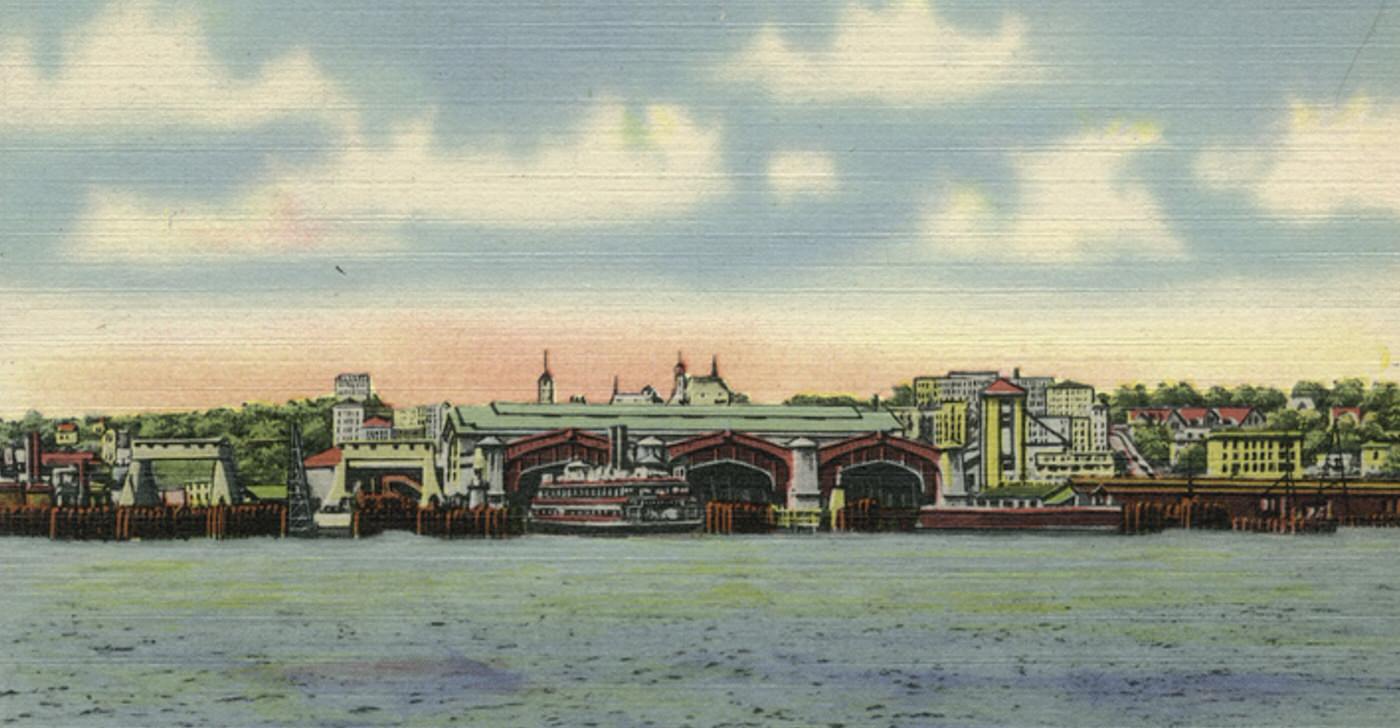
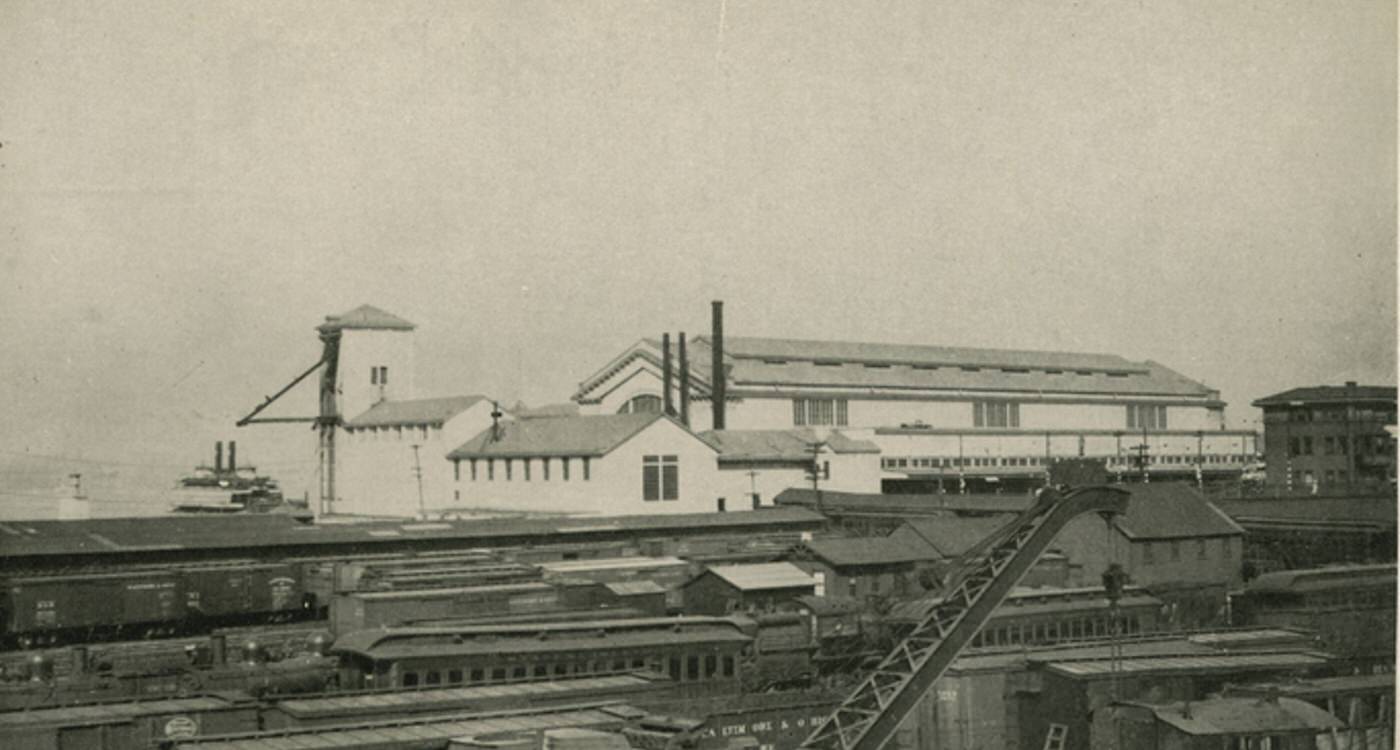
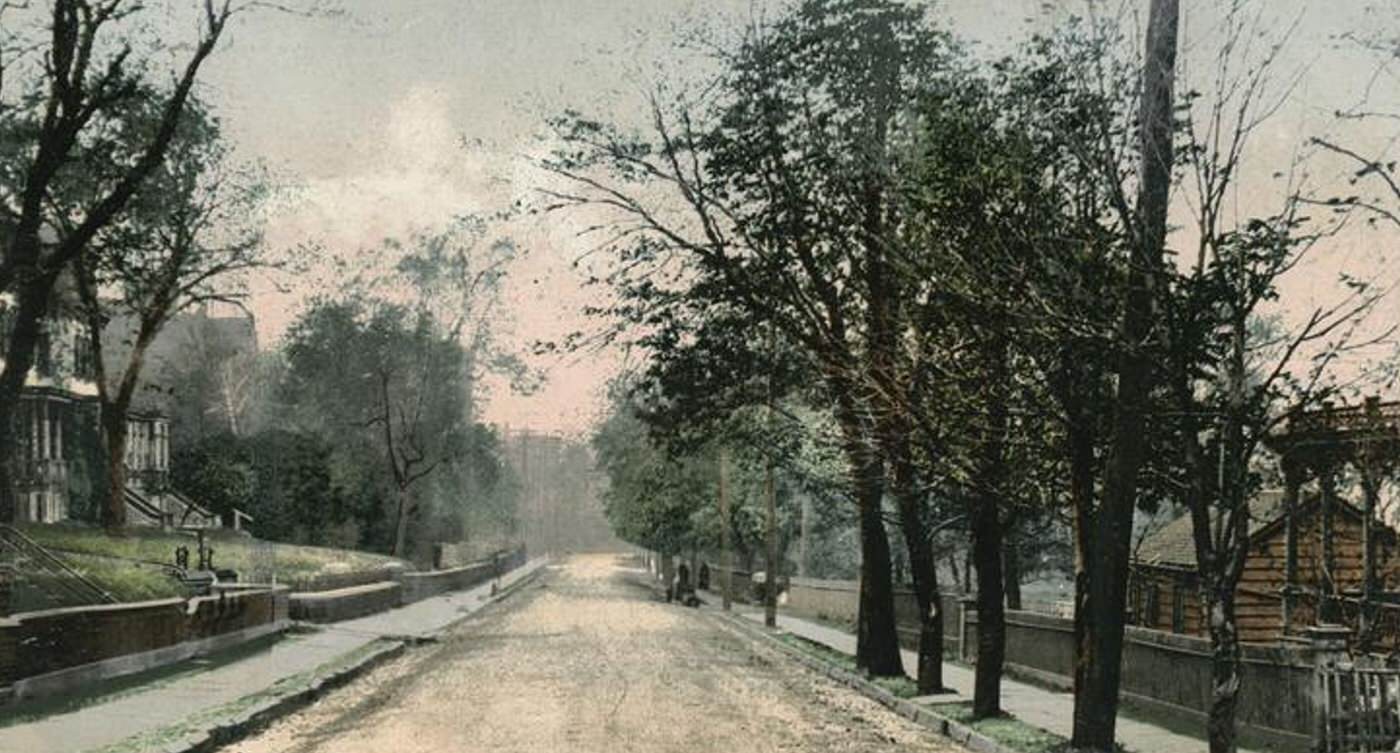
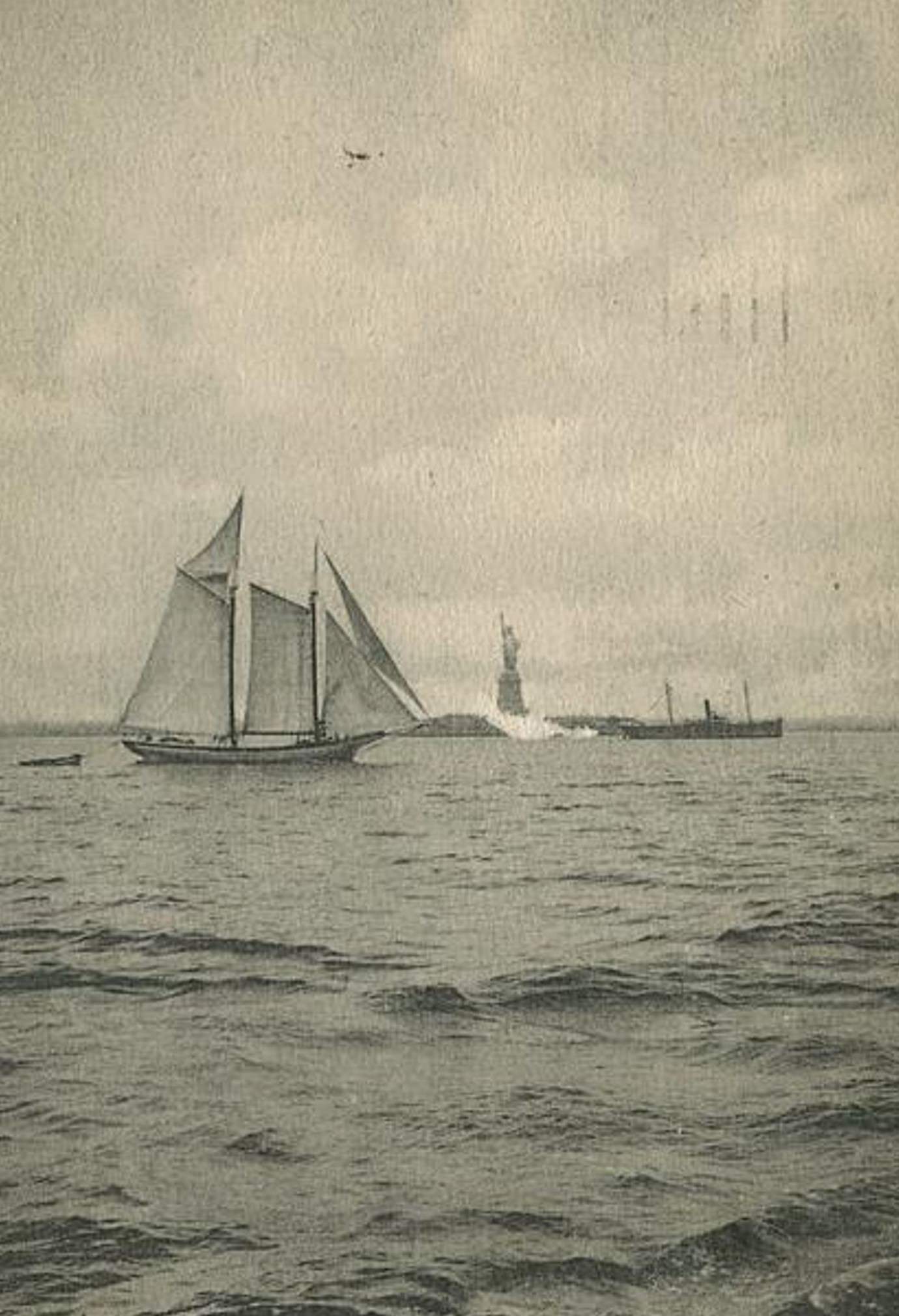
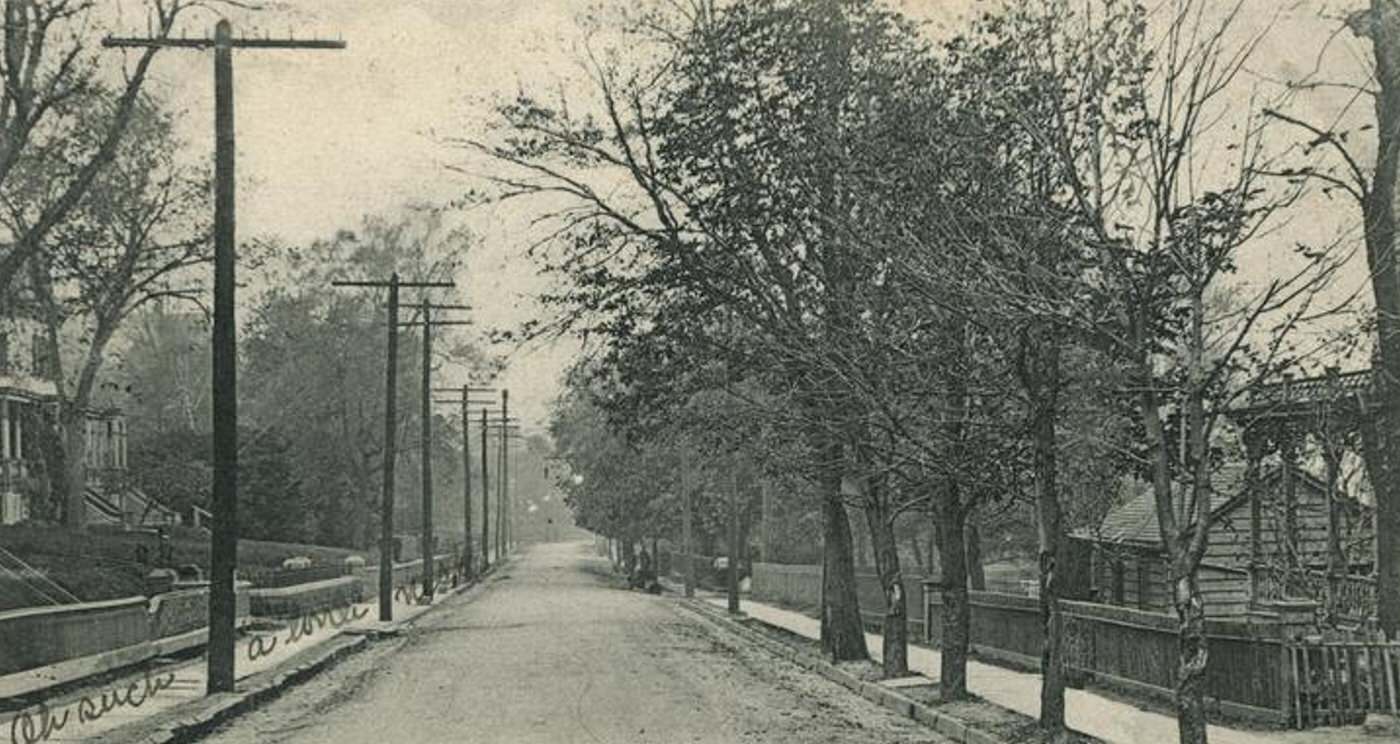
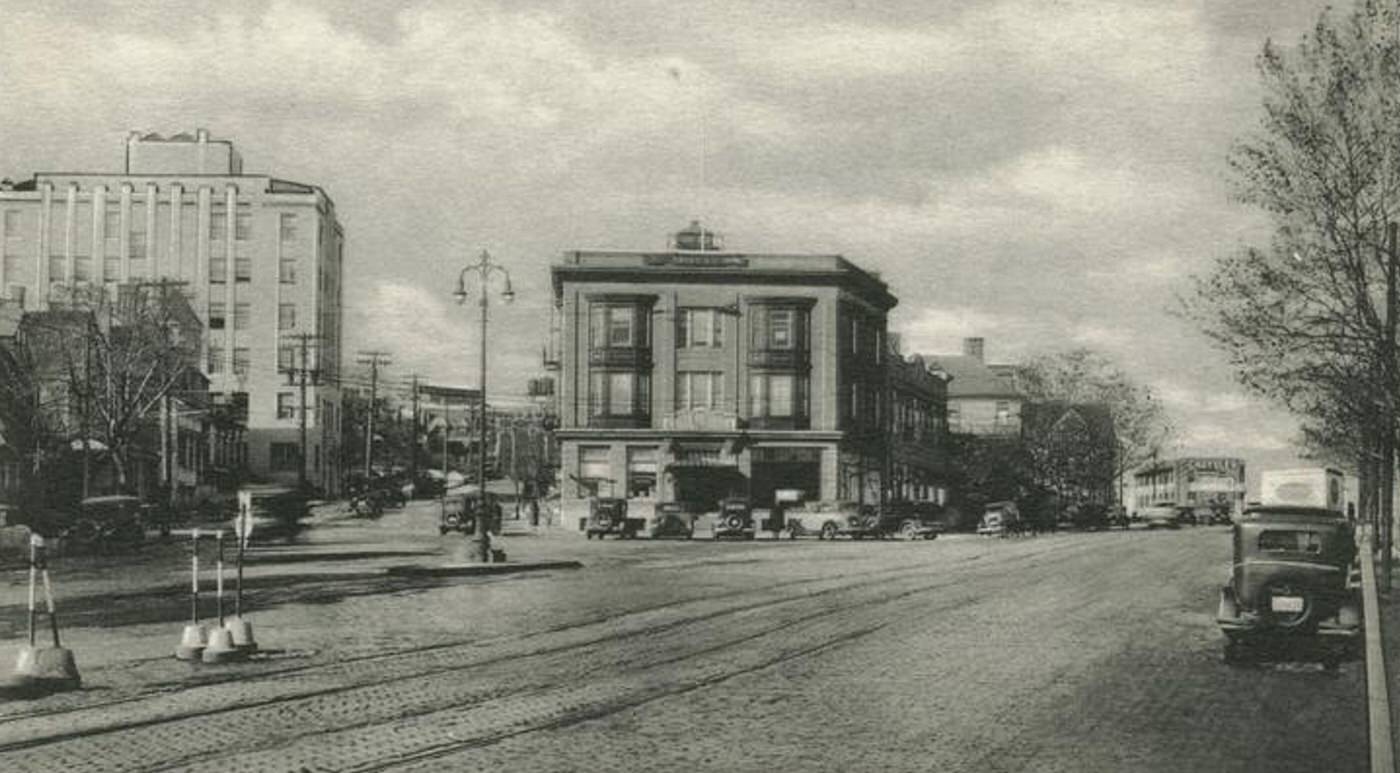
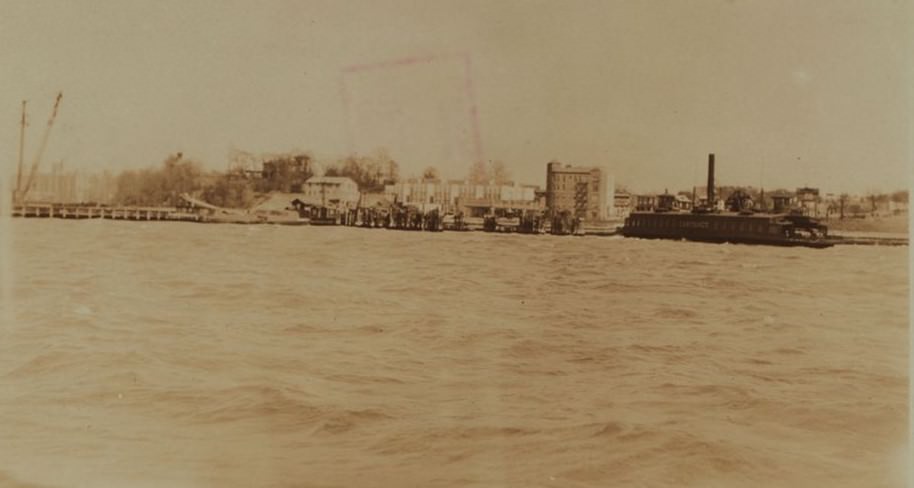
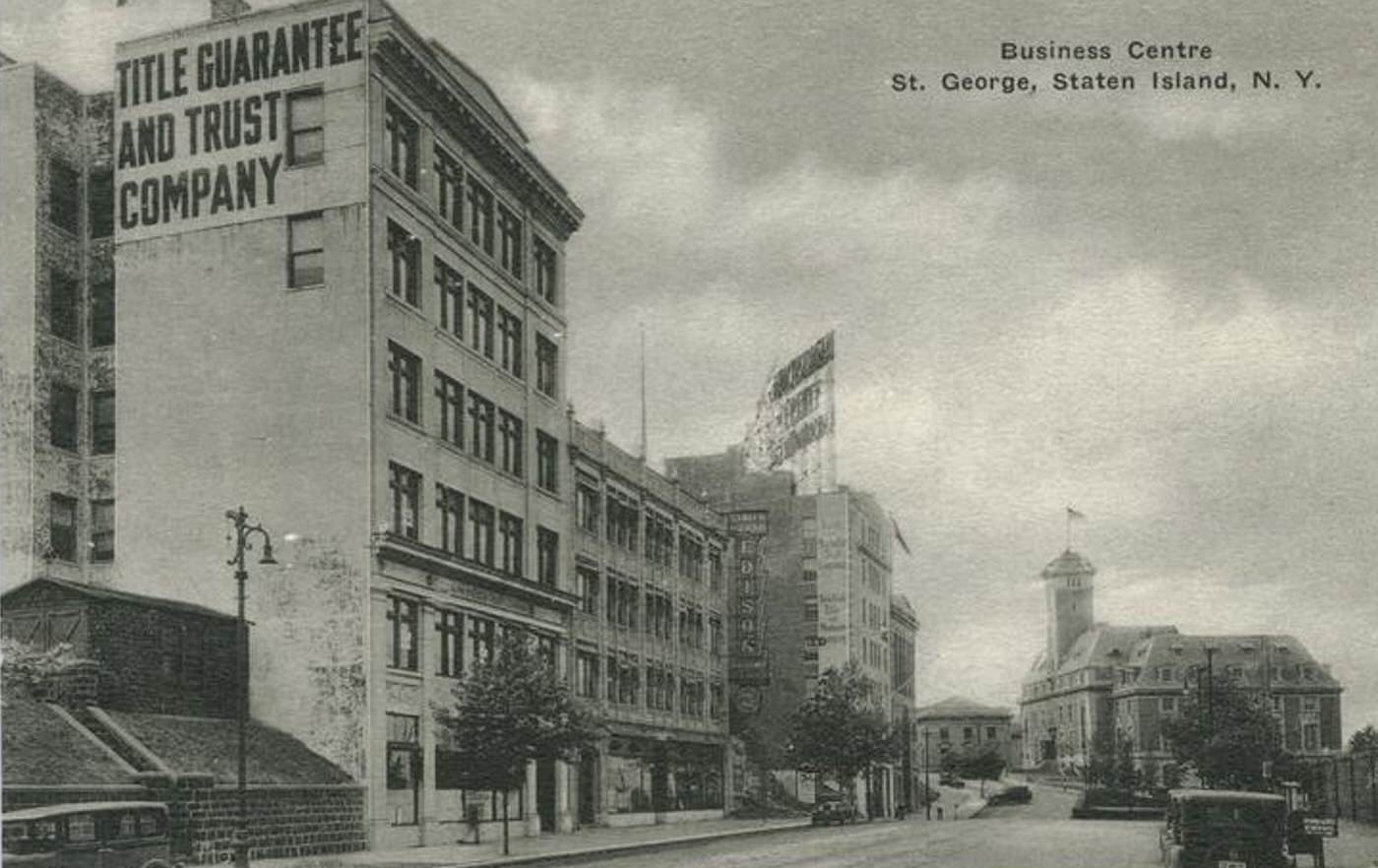
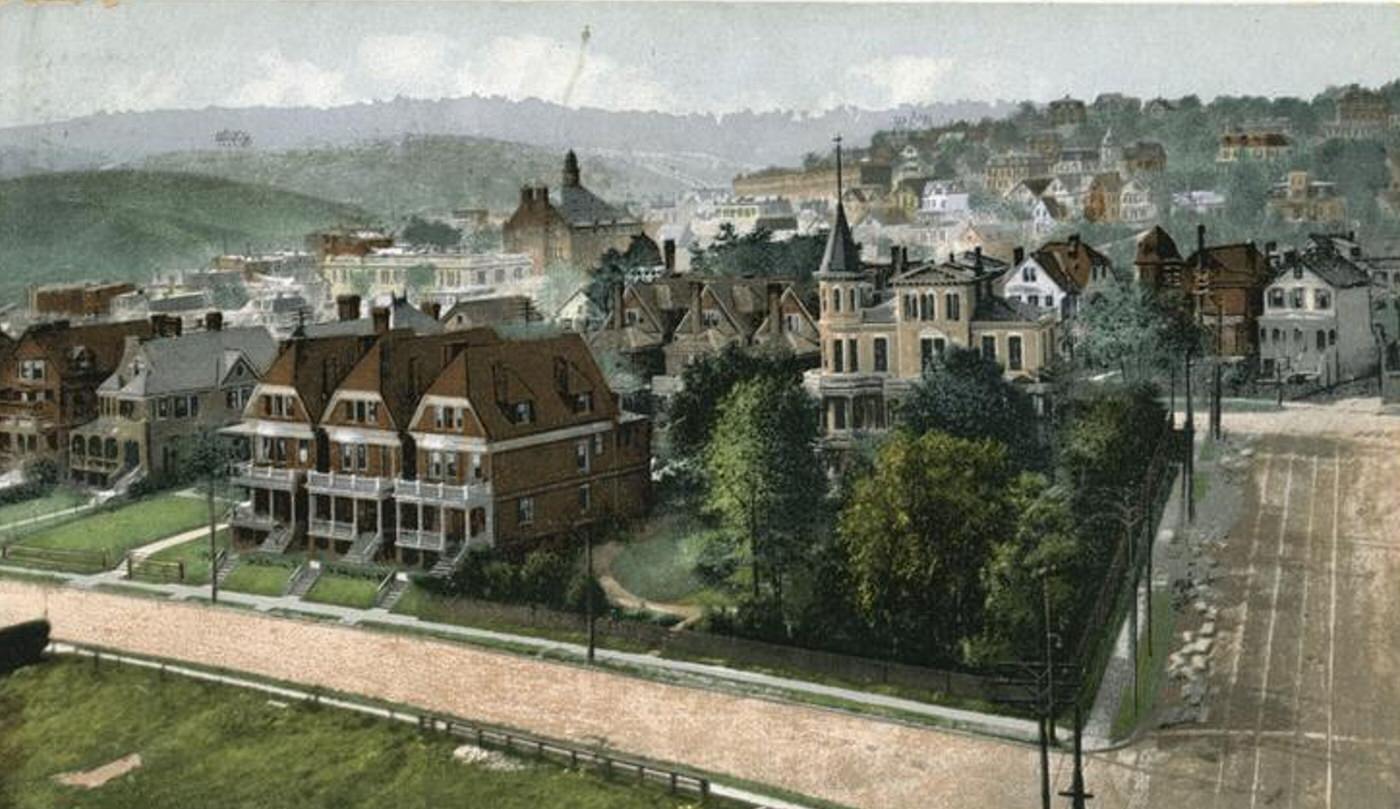
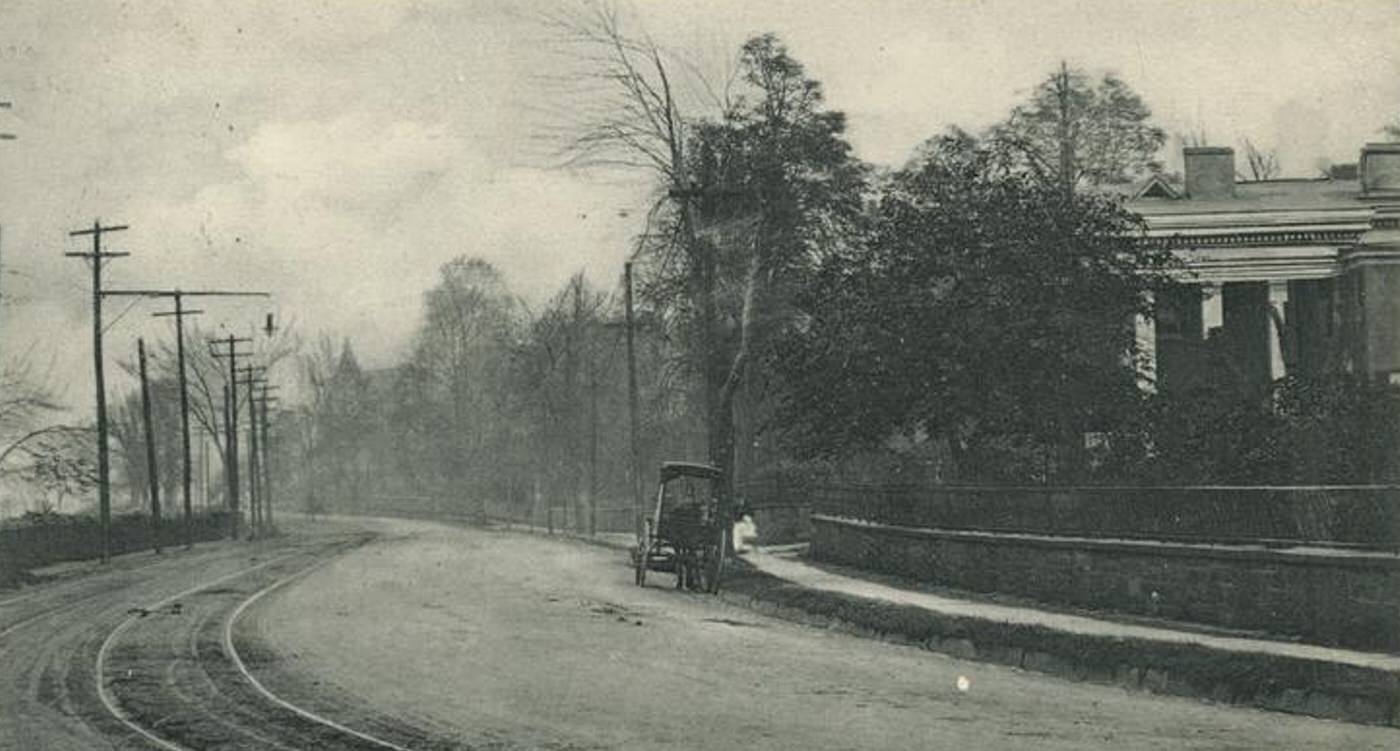
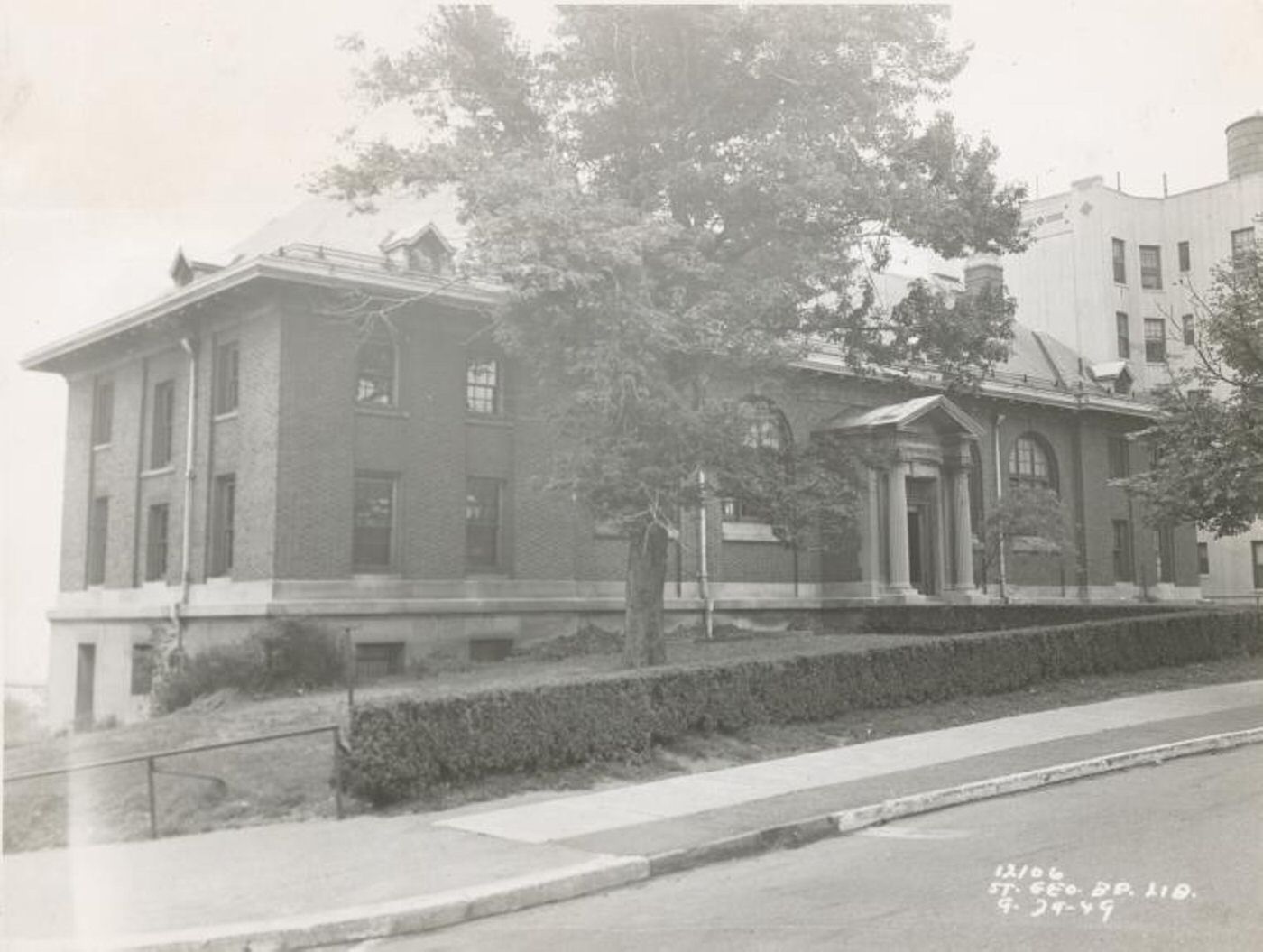
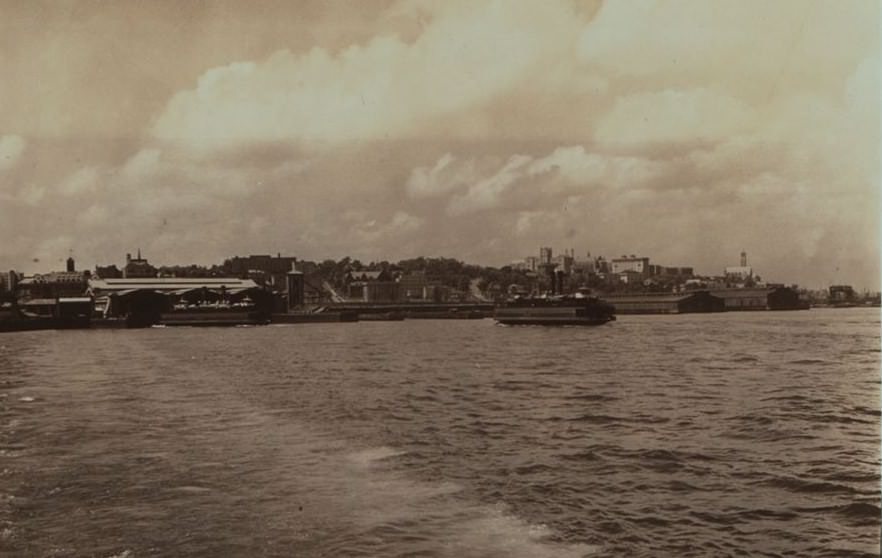
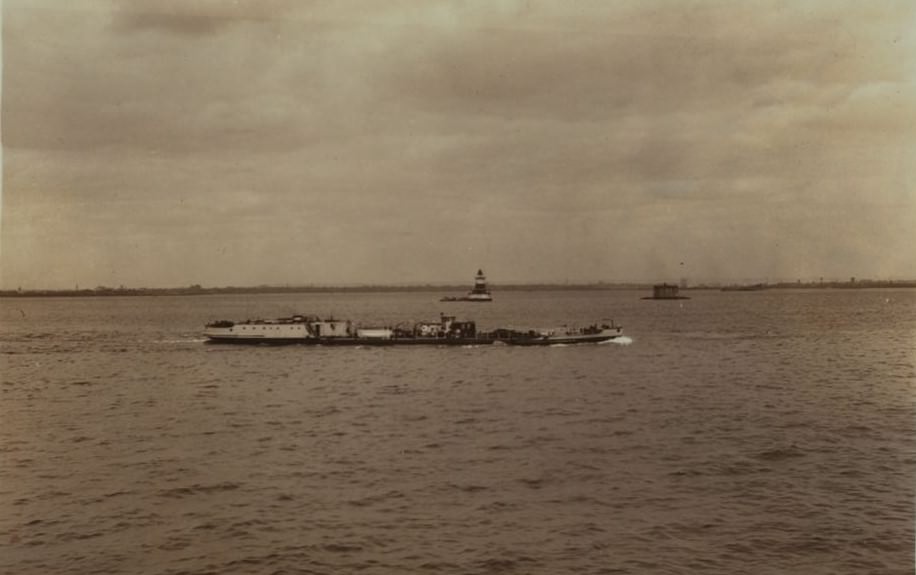
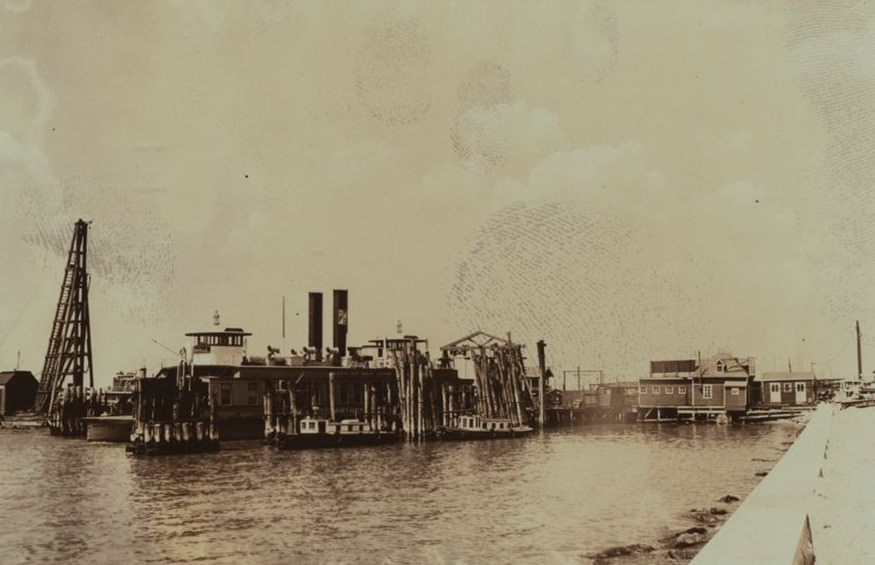
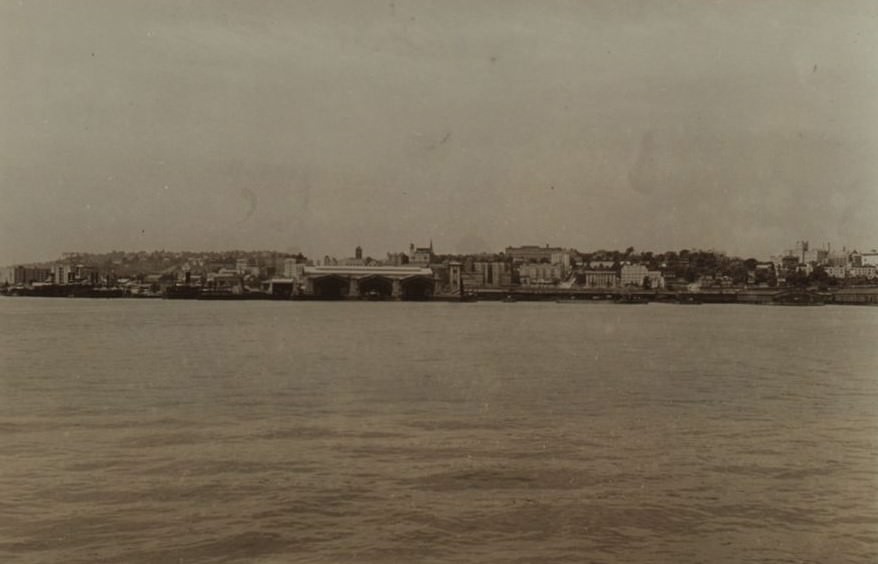
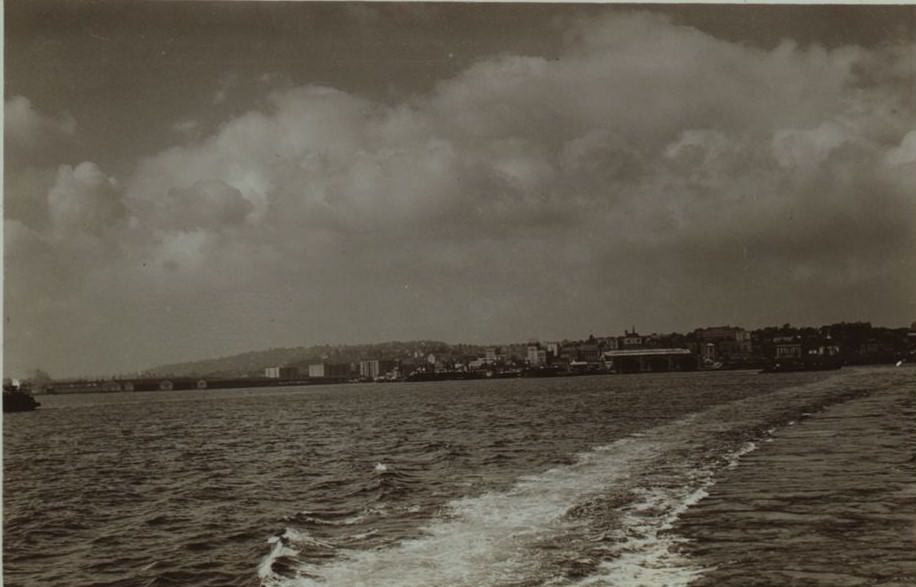
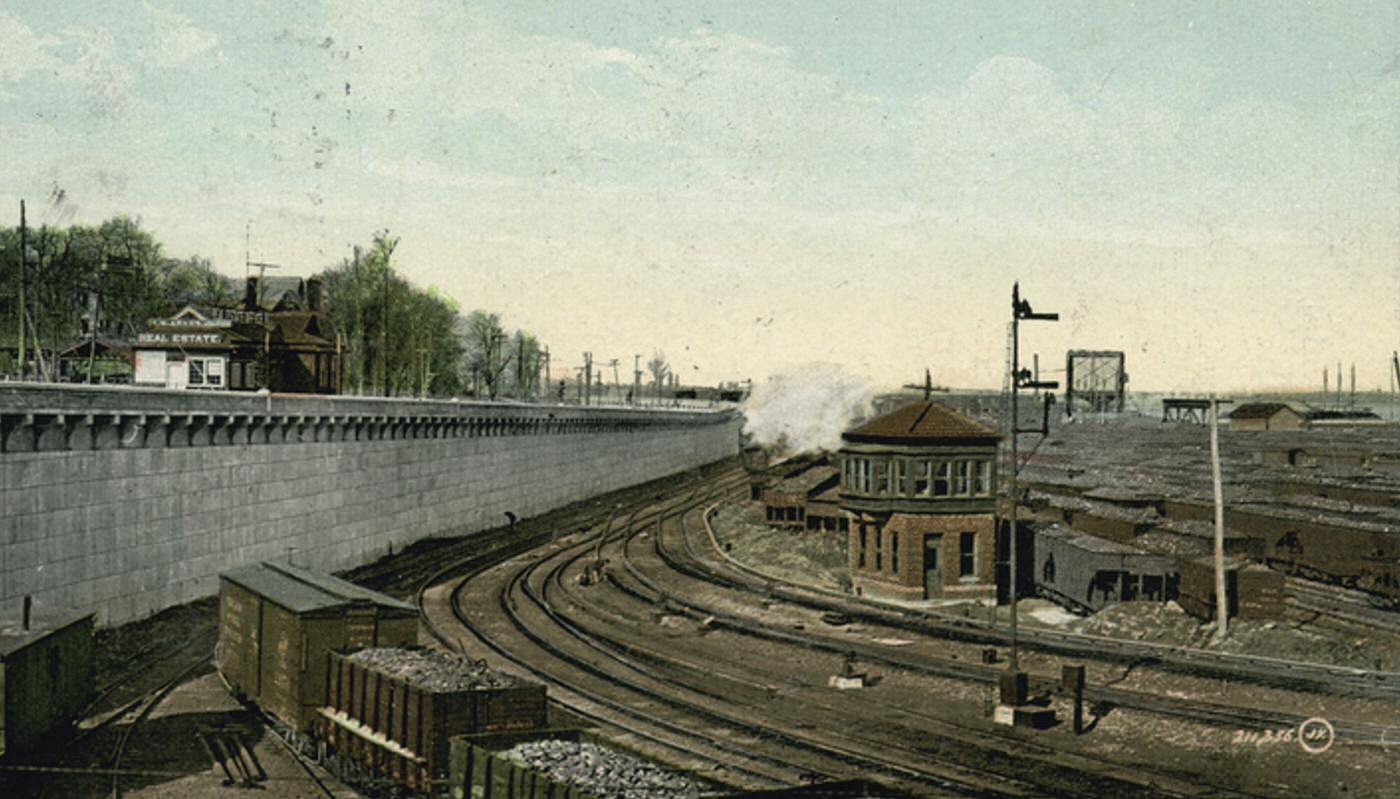

GIPHY App Key not set. Please check settings